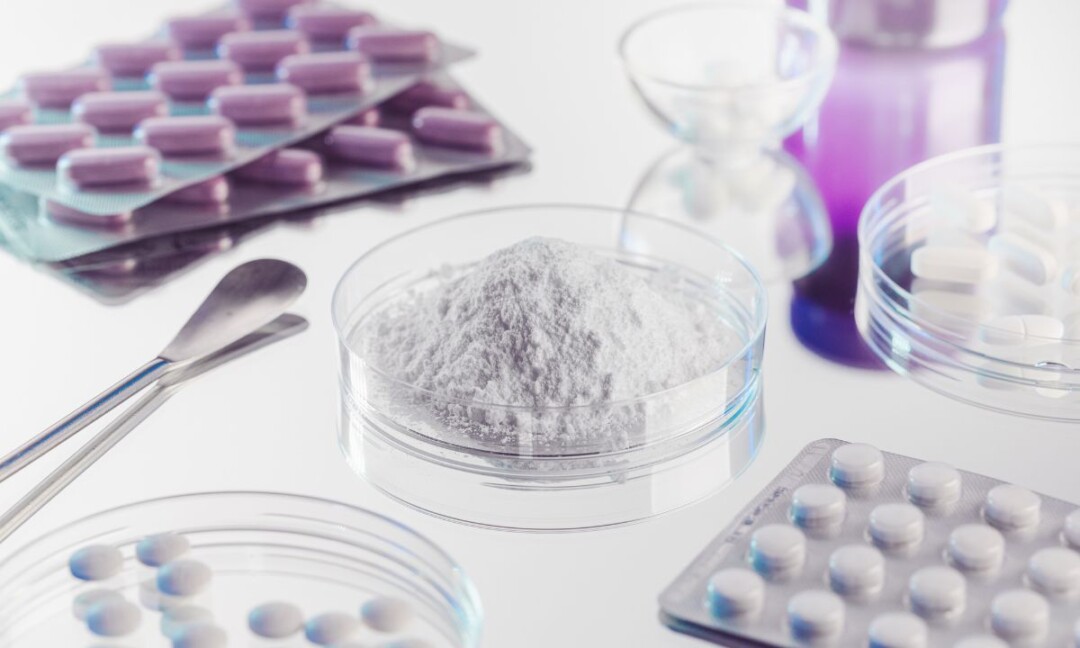
From edible lactose to pharmaceutical lactose
In October 2023, Lactalis Ingredients enters the pharmaceutical market with the launch of Lactalpha, its new brand designed for milled and sieved pharmaceutical lactose.
Pharmaceutical Lactose: A staple Ingredient in Food and Medicine
Milk serves as the initial food source for most mammals after birth. Lactose, a disaccharide found in milk, has been a crucial carbohydrate in our diet for millions of years [1]. The concentration of lactose in milk can reach up to 10% w/w, with mature cattle milk typically containing around 4.6% w/w. Beyond its dietary importance, lactose has found significant applications in the pharmaceutical and food industries due to its unique properties.
Lactose edible and pharma: A Milk-Derived Disaccharide
Lactose, with the chemical formula C12H22O11, consists of two monosaccharides: D-glucose and D-galactose. These monosaccharides are linked by a β-1,4-glycosidic bond. Lactose exists in two anomeric forms, α and β, which are determined by the orientation of the hydroxyl group attached to the first carbon of the glucose molecule [AB2]. At 20°C, in dairy products, these forms coexist in a ratio of approximately 38% α and 62% β. This ratio can change with temperature variations.

Lactose shape and process
Lactose can be found in both crystalline (solid) and amorphous (liquid) states. The crystalline forms include lactose-α-monohydrate and lactose-β-anhydrous, which crystallize under specific humidity and temperature conditions. Edible lactose is sold under its lactose alpha monohydrate shape whereas in pharma, we can find both alpha and beta shape. Amorphous lactose, which can exist in either the α or β form, is hygroscopic, meaning it readily absorbs moisture from the environment. In contrast, the crystalline forms are non-hygroscopic and do not absorb water as easily.
As for edible lactose, the production of pharmaceutical lactose begins with whey permeate or cheese whey, which are co-products of the dairy industry. The process for producing lactose α-monohydrate, the most commonly used forms in pharmaceuticals, involves several steps. First, the raw liquid material undergoes concentration to increase the lactose content. Next, crystallization is induced to form solid lactose crystals. These crystals are then purified to remove impurities, dried to reduce moisture content, and finally milled and sieved to achieve the desired particle size.
Pharmaceutical-grade lactose, which has a purity greater than 99.6%, is highly valued for its uniform white color and low reactivity with active pharmaceutical ingredients (APIs). This high level of purity is achieved through repeated filtration and crystallization processes that remove residual proteins, ash, and vitamins, such as vitamin B2. The result is a pure product that meets the stringent quality standards required for pharmaceutical applications. Pharmaceutical lactose must conform with the current monographs of the current Pharmacopoeias (Ph. Eur., USP-NF, JP… )
Applications in Pharmaceuticals
Lactose has been a staple in the pharmaceutical industry for over a century due to its versatility, neutrality, and wide availability. It is commonly used as an excipient [AB1], which is an inactive substance that serves as the vehicle for a drug. In fact, lactose is used in 60% to 70% of oral solid dosage forms, such as tablets, capsules, and sachets. It acts as a binder, helping to hold the ingredients of a tablet together, a diluent, providing bulk to the formulation, or a filler, ensuring the correct dosage of the active ingredient. Depending on the oral solid dose process, different kinds of Lactose are used:
-In wet or dry granulation processes, the most common lactose used is the alpha monohydrate shape milled or sieved one. It is defined by its particle size distribution (from 50 mesh to 200 mesh size or even more).
-For direct compression production, anhydrous, granulated or spray dried can be used. Read more : click here

Emerging Markets and Future Applications
Lactose is not only essential in food or traditional pharmaceutical formulations but also plays a role in nutraceutical markets. For example, lactose derivatives, such as galacto-oligosaccharides (GOS), HMO (Human Milk Oligosaccharides) or lactulose, are gaining attention as prebiotics, which promote the growth of beneficial bacteria in the gut. Additionally, lactose is being explored in the development of new drug formulations aimed at addressing modern health challenges, such as obesity and diabetes.
In summary, lactose is a vital component in the industry, offering a range of functional properties that make it suitable for various applications from edible to pharmaceutical uses. Its long history of use, combined with its safety, accessibility, and versatility, ensures that lactose will continue to be a key ingredient in the development of new and innovative products.
Lactalis Ingredients benefits from 50 years of expertise in lactose production. Historically present in the food market, infant and clinical nutrition, Lactalis Ingredients is now dealing with pharmaceutical grade lactose, proving that we have always been driven by the desire to make the most of every drop of milk to its purest most wholesome state.
Lactalis Ingredients Pharma LIP demonstrates its expertise and high-quality lactose by proposing a range of pharmaceutical lactose dedicated to be used in medicine such as tablets, capsules or sachets.
A question ? Contact-us !
Sources:
[1] M. Paques et C. Lindner, Lactose: Evolutionary Role, Health Effects and Applications, 2019
[AB2] https://pharma.lactalisingredients.com/2024/10/31/lactose-quality-in-pharmaceutical-products-a-comprehensive-overview-of-quality-control/
[AB1]https://pharma.lactalisingredients.com/2024/07/24/the-benefits-of-lactose-as-an-excipient/
new and innovative products. https://pharma.lactalisingredients.com/2025/01/17/navigating-the-pharmaceutical-landscape-exciting-challenges-and-innovations-for-2025/















